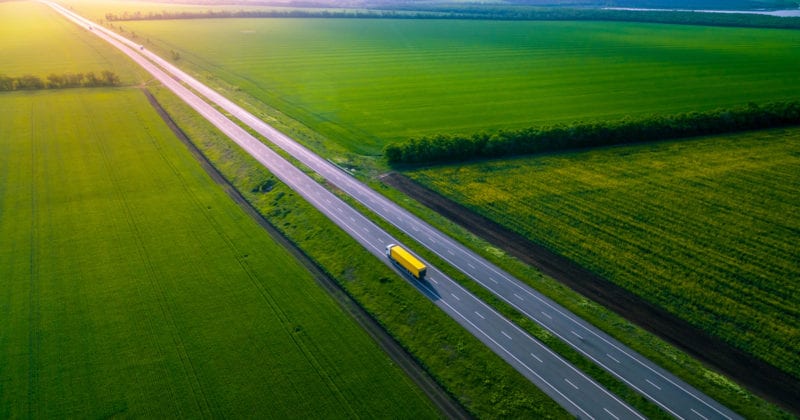
Ecological imbalances and growing customer and government demand for sustainable solutions have created an urgent need for environmentally friendly methods in supply chains, from raw material extraction to product end-of-life management. This momentum, combined with streamlined processes, zero-emission mobility, and carbon offset solutions for buildings, will assist the logistics industry in going green.
Important Developments and Implications
According to a World Economic Forum 2020 estimate, by 2030, the rise of e-commerce alone will result in 36% more delivery vehicles, resulting in an additional 32% of carbon emissions. Currently, the equivalent of a full truckload of plastic, from product parts to packaging, enters the ocean every minute, with the amount expected to quadruple by 2050 if nothing is done. With these forecasts, businesses, governments, and customers are all taking action to reduce the environmental impact of business as usual.
Process Improvement
Process optimization has gotten increased attention in the last two years as a low-cost strategy to promote sustainability in the logistics business. Similarly, optimization can help to reduce the environmental effect of other activities such as inventory, back-office paperwork, and packing. It is believed that the average box is 40% too large for its contents (see Smart Packaging). Simply removing this superfluous volume would save vast quantities of packing, diesel, and landfill space.
Logistics Fleets with Zero Emissions
Given that the transportation industry is frequently the largest or second-largest generator of greenhouse emissions, zero-emission logistics fleets are regarded as one of the most important solutions in the battle against climate change.
This year, DHL and other logistics operators announced plans with automobile suppliers to put hundreds of thousands of electric cars on the road in the coming years, citing a variety of benefits ranging from cheaper operational costs to effectively fulfilling local pollution rules. Furthermore, when better batteries and fuel cells made zero-emission vehicles viable, the rising demand for zero-emission vehicles fueled research in more efficient batteries and fuel cells.
Design and Location of Logistics Facilities
Logistics facility design and placement can have a significant environmental impact, with buildings accounting for 41 percent of total energy consumption in the United States, 12 percent higher than transportation. With vast warehouses, service facilities, and offices dominating the logistics industry, many businesses have begun to employ sustainable construction materials, improved insulation and IoT devices to better manage utilities, lighting, heating, ventilation, air conditioning, and machines. This increases sustainability while lowering operating expenses.



